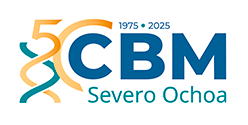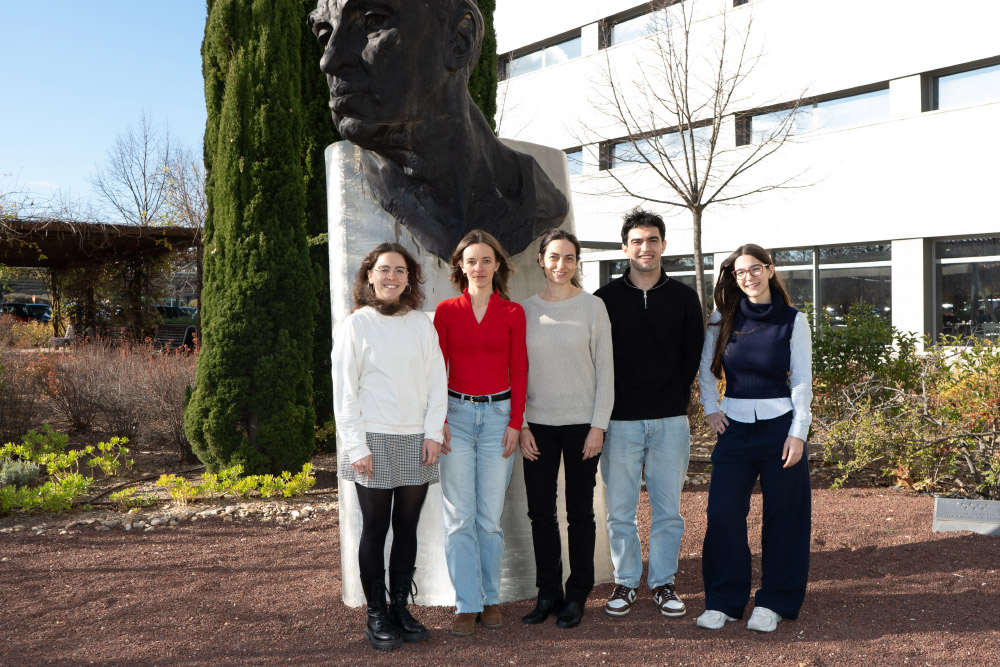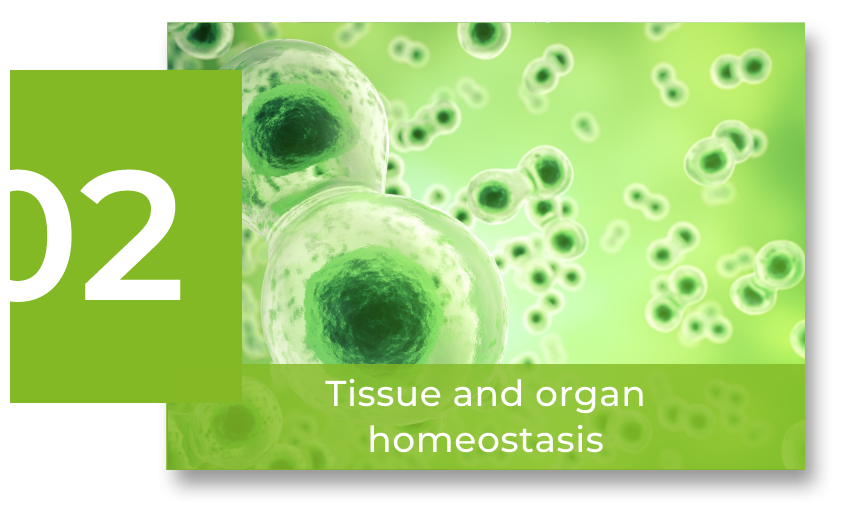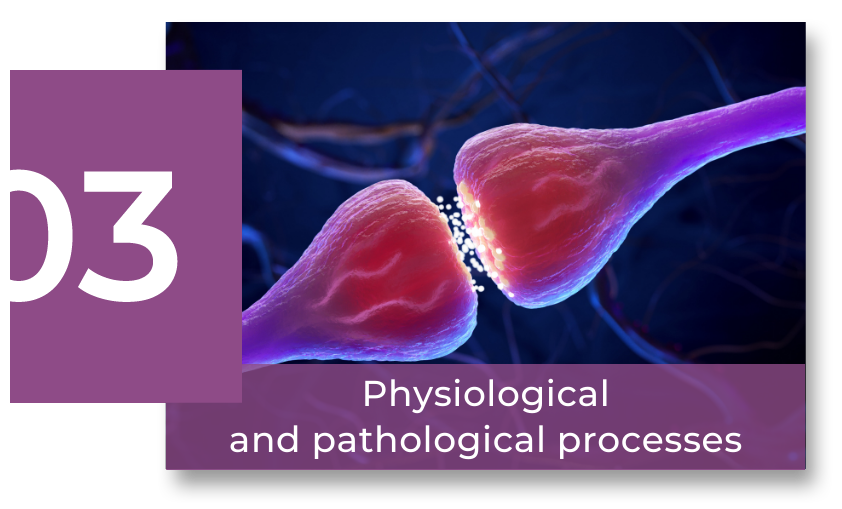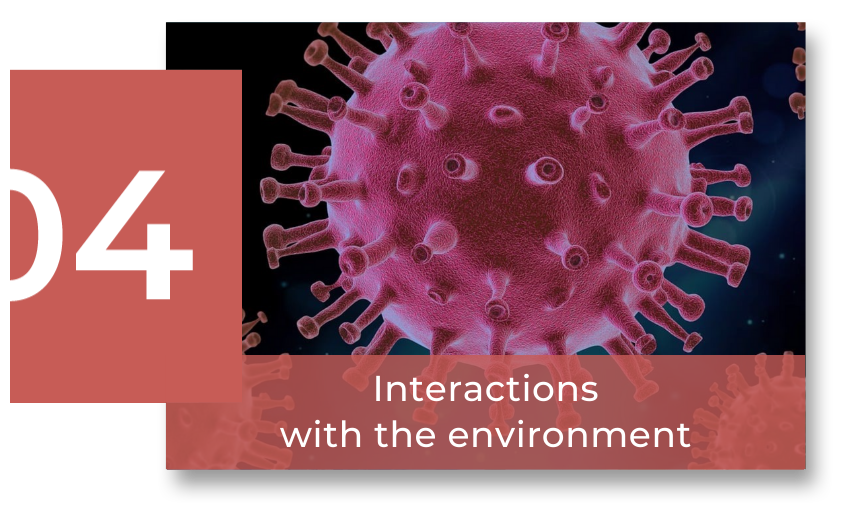Scientific Program
Physiological and pathological processes
RESEARCH GROUP
Mitochondrial pathophysiology

Susana Cadenas
Our research focuses on cellular adaptations to reduced oxygen levels (hypoxia) in connection with metabolism and mitochondrial function, as well as on the protective role of the transcription factor Nrf2 against cardiac pathologies with excessive production of reactive oxygen species, such as ischemia-reperfusion injury and doxorubicin-induced toxicity.
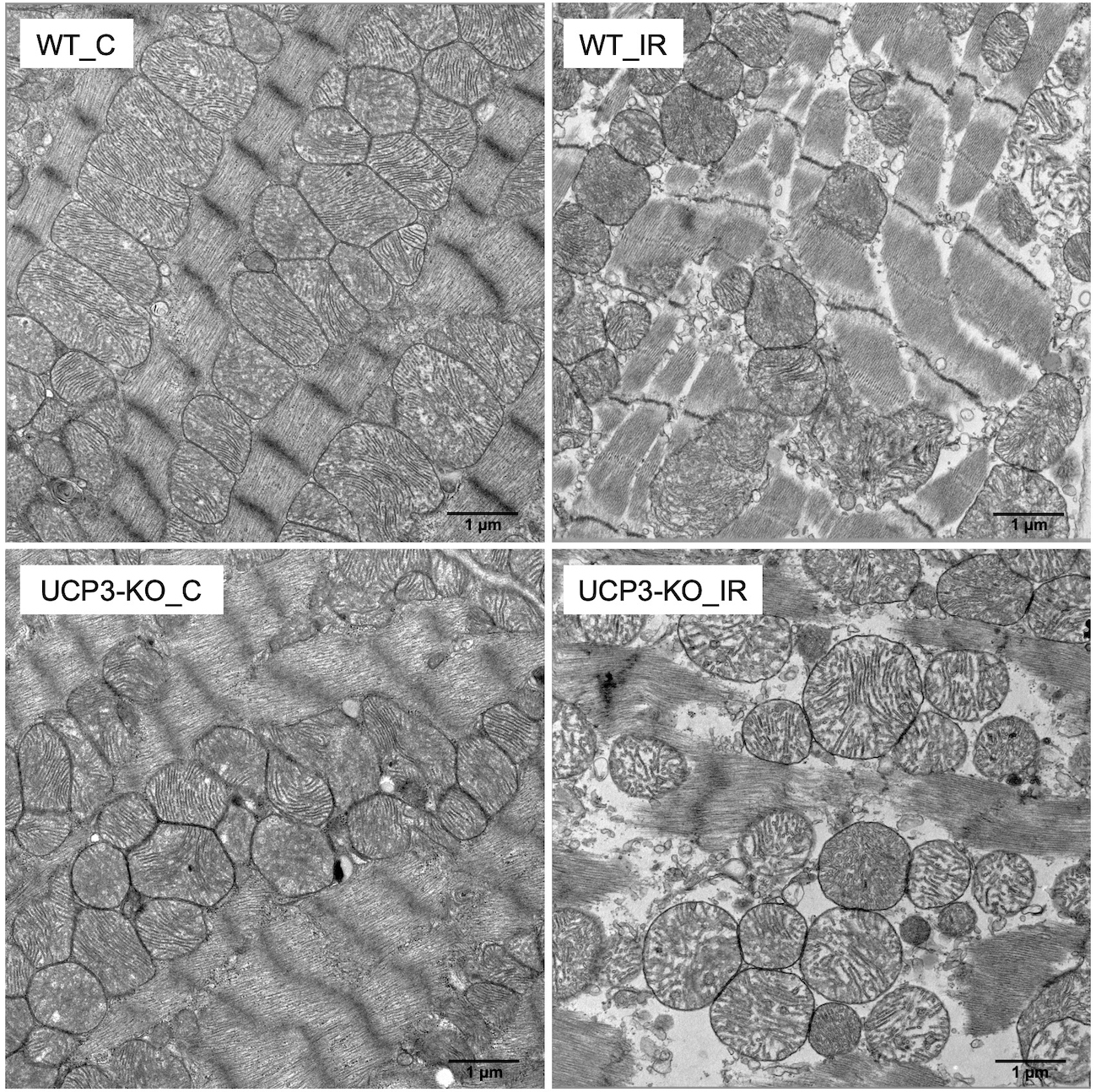
Research
Oxygen is essential for cell function, and when oxygen levels become low (hypoxia) cells respond with the activation of a variety of pathways and processes in order to survive. Most of these responses, including angiogenesis and metabolic reprogramming, are mediated by HIF (hypoxia-inducible factor). We are particularly interested in cellular adaptations to hypoxia in the heart, and in the hypoxia-mediated activation of genes related to metabolism and mitochondrial function. For this purpose, we are studying differential protein expression in murine cardiomyocytes subjected to hypoxia or hypoxia followed by reoxygenation by mass spectrometry-based proteomics. These results could point to potential new treatments against hypoxia.
Reoxygenation of ischemic tissue is essential for survival. Paradoxically, however, it can increase the damage produced by hypoxia, which is known as ischemia-reperfusion (IR) injury. This type of damage underlies several pathologies, notably heart attack and stroke, and is caused, in part, by excessive reactive oxygen species production and mitochondrial dysfunction. Our aim is to determine the potential cardioprotective role of the transcription factor Nrf2 (nuclear factor erythroid 2-related factor 2) against IR injury. Nrf2 is a key regulator of the cellular redox balance and also of intermediary metabolism and mitochondrial function. We are also interested in the therapeutic potential of Nrf2 in doxorubicin-induced cardiotoxicity. For these studies we use cardiac cell lines and isolated perfused hearts (Langendorff) from mice lacking Nrf2 and a variety of experimental approaches and techniques.
Group members

Susana Cadenas Alvarez
Lab.: 114.1 Ext.: 4722/4723
scadenas(at)cbm.csic.es
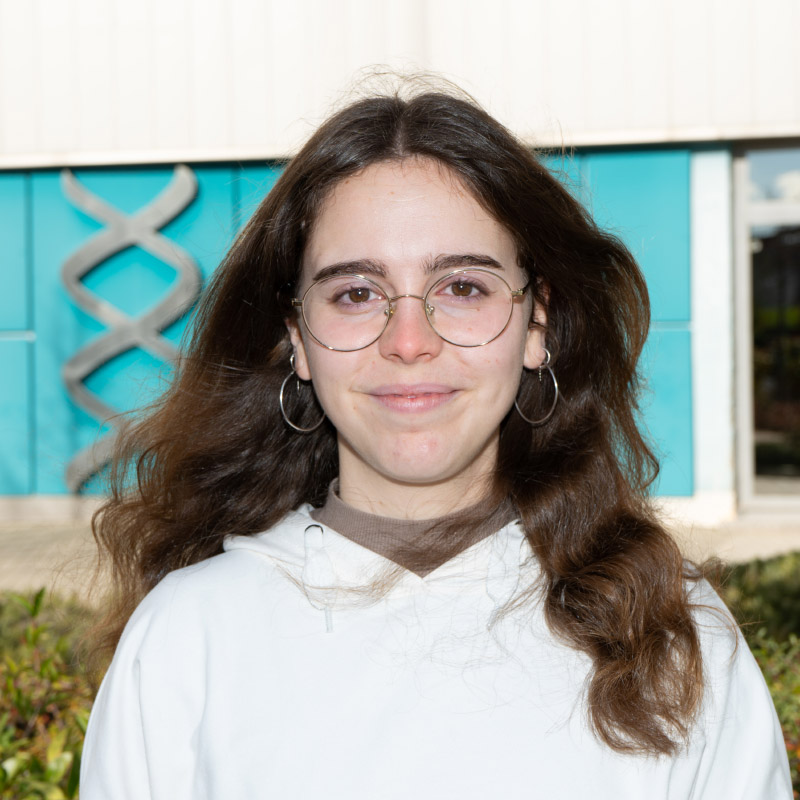
Ana Mata Villanueva
Lab.: 127 Ext.: 4723
amata(at)cbm.csic.es
Selected publications
Energy substrate metabolism, mitochondrial structure and oxidative stress after cardiac ischemia-reperfusion in mice lacking UCP3
Patricia Sánchez-Pérez et al.
Mitochondria rescue cells from ischemic injury
Susana Cadenas
ROS and redox signaling in myocardial ischemia-reperfusion injury and cardioprotection
Susana Cadenas
4-Hydroxynonenal induces Nrf2-mediated UCP3 upregulation in mouse cardiomyocytes
Elia López-Bernardo et al.
